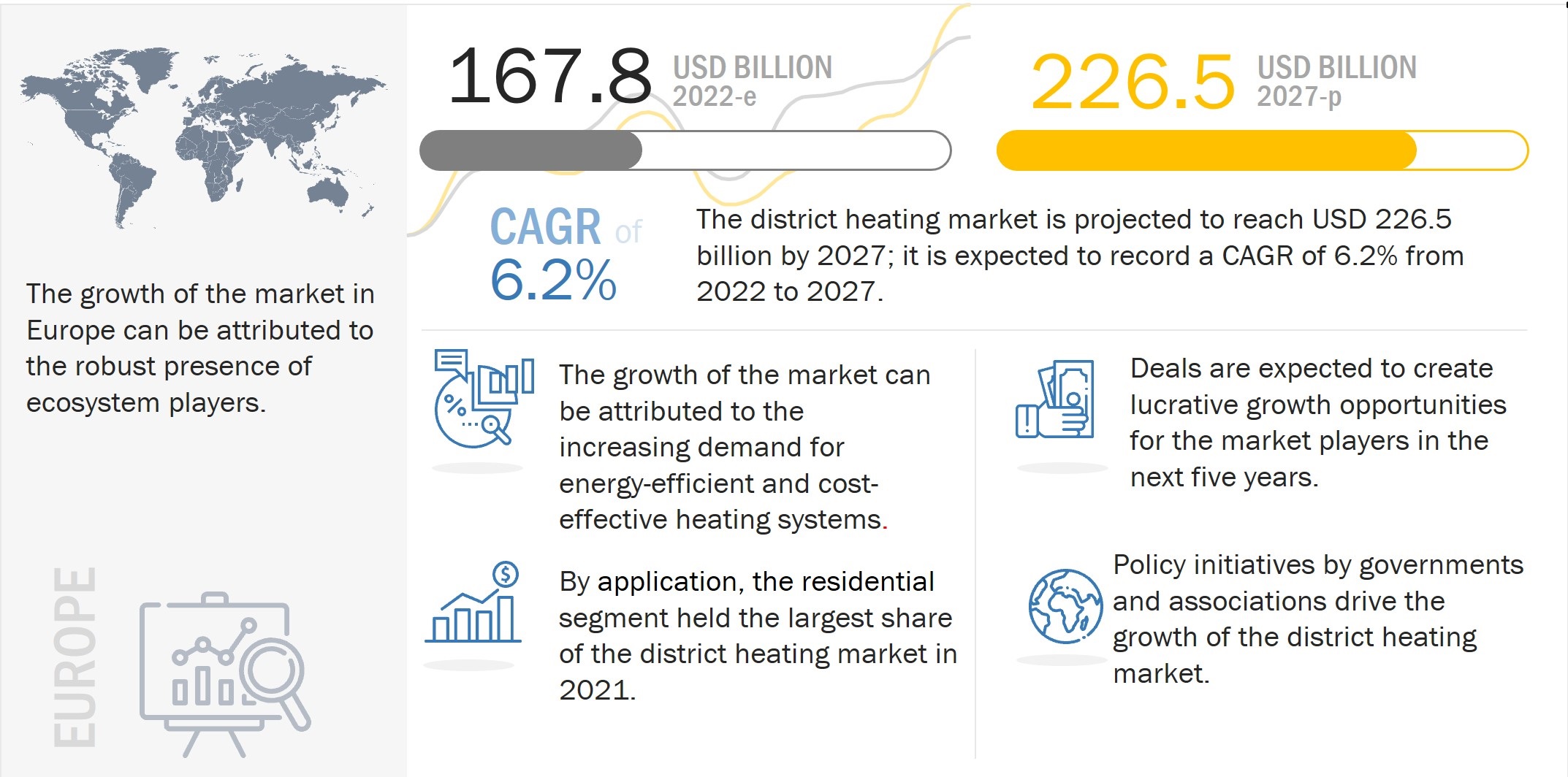Attractive Opportunity: Supercharge your Visualizations
Rising
demand for visual effects in movie and television industries, and
increasing implementation of LED wall technology play a key role in
driving the growth of virtual production market in near future.
Establishment of new virtual production studios and rising demand for
visual effects in movies and television industries are among the factors
driving the growth of the virtual production market.
Download PDF@ https://www.marketsandmarkets.com/pdfdownloadNew.asp?id=264844353
Key Findings of the Global Virtual Production Market:
1.
Mo-Sys Engineering Ltd. announced the launch of new Virtual
Manufacturing courses to meet the rising need for educated technicians
in the virtual production industry. This enhanced and comprehensive
program has been meticulously crafted and is expected to be taught by
the Mo-Sys' Academy.
2. HTC VIVE launched its first turnkey
virtual production product, VIVE Mars CamTrack. It makes virtual
production fast, easy, and affordable by consolidating the entire camera
tracking workflow into a compact, plug-and-play module with
professional-grade features. VIVE Mars CamTrack lets actors jump into
any number of virtual backdrops in real-time during production, in many
cases eliminating the need to shoot onsite and empowering filmmakers to
unleash their full creative potential.
3. Technicolor
partnered with Paramount Pictures and director Jeff Fowler to bring a
fully computer-generated imagery (CGI) Sonic to life in Sonic the
Hedgehog 2 in collaboration with Technicolor Creative Studios’ MPC.
What are the Driving Factors of Evolution of technologies and consolidation of Virtual Production Market?
The global virtual production market size is estimated to be USD 2.6 billion in 2022 and is projected to reach 5.1 billion by 2027, at a CAGR of 14.5% during the forecast period.
Increasing demand for VFX and CGI in movies stimulates market growth
In
2021, the software segment accounted for the largest share of the
virtual production market. The dominance of the segment is attributed to
the increasing demand for VFX and CGI in movies. Continuous organic and
inorganic growth strategies adopted by virtual production ecosystem
players have enhanced the growth of the market. For instance, in May
2022, Mo-Sys Engineering Ltd. formed a partnership with GMS
International to make augmented reality and virtual production solutions
available to South Korean cinematographers and broadcasters.
Virtual Production Market by Top Companies Profiles:
Movies segment to capture the lion’s share in the virtual production market
In 2021, the movies segment accounted for the largest share of the virtual production market. The rising trend in moving movies from theaters and multiplexes to over-the-top (OTT) platforms enables producers to access broader audiences. The substantial budgets of movies and increasing demand for VFX-based movies have led to the growth of the movies segment. As stated in the Theme Report 2021 published by the Motion Picture Association, the production of new movies continued to skyrocket post the pandemic. In 2021, approximately 940 films were initiated for production in the US.
Major players in the virtual production market are Adobe Inc. (US), NVIDIA Corporation (US), Sony Group (Japan), Autodesk Inc. (US), Technicolor (France), HTC Corporation (Taiwan), Vicon Motion Systems Ltd (UK), SideFX (Canada), Epic Games (US), Mo-Sys Engineering Ltd. (UK), are some of the key player's company in the market.
Regional Insight by MarketsandmarketsTM Research:
North America to register higher CAGR during the forecast period
North America accounted for the largest share of the virtual production market in 2021. Growth can be attributed to the presence of the largest movie industry, increasing budgets for movies, and the use of advanced technology in the media and entertainment industry. As stated in the Theme Report 2021 published by the Motion Picture Association, the expected number of US movies that started filming in 2021 was 943, an increase of 111% from those in 2020 when production was halted due to the COVID-19 pandemic.
Regions & Countries Covered:
North America - (U.S., Canada, Mexico)
Europe - (U.K., France, Germany, Italy, Spain, Rest of Europe)
Asia Pacific - (China, Japan, India, South Korea, South East Asia, Rest Of Asia Pacific)
Latin America - (Brazil, Argentina, Rest Of Latin America)
The Middle East & Africa - (GCC Countries, South Africa, Rest Of the Middle East & Africa)
About MarketsandMarkets™
MarketsandMarkets™
provides quantified B2B research on 30,000 high growth niche
opportunities/threats which will impact 70% to 80% of worldwide
companies’ revenues. Currently, servicing 7500 customers worldwide
including 80% of global Fortune 1000 companies as clients. Almost 75,000
top officers across eight industries worldwide approach
MarketsandMarkets™ for their pain points around revenues decisions.
Contact:
Mr. Aashish Mehra
MarketsandMarkets™ INC.
630 Dundee Road
Suite 430
Northbrook, IL 60062
USA : 1-888-600-6441
